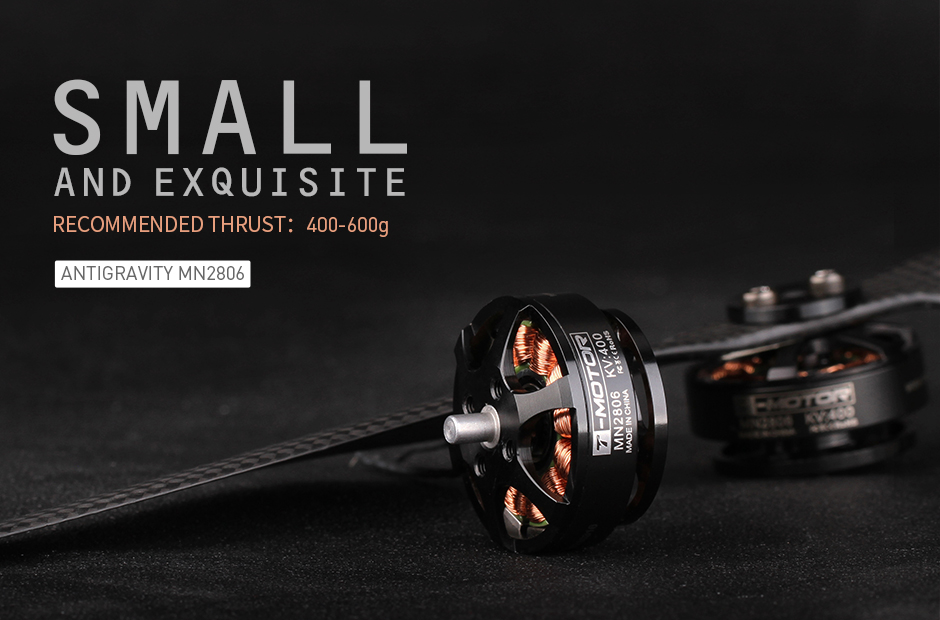Drone Motor Testing: Procedures and Performance Evaluation
Drones have revolutionized various industries, from photography to agriculture, and the heart of these unmanned aerial vehicles lies in their motors. Drone motor testing is a critical aspect that ensures optimal performance and longevity. In this comprehensive guide, we will delve into the procedures and performance evaluation techniques that elevate your drone's motor testing regimen.
Preparing for Precision: Initial Setup
Calibration Procedures: Before initiating any testing, meticulous calibration of the drone and its motor components is essential. Accurate calibration sets the foundation for reliable testing results. Ensure that the drone is on a stable surface, and all sensors and motors are calibrated according to the manufacturer's specifications.
Data Logging Tools: Invest in advanced data logging tools to capture real-time data during testing. These tools provide invaluable insights into motor performance, temperature, and power consumption. Analyzing this data is instrumental in identifying potential issues and optimizing the drone's overall efficiency.
Bench Testing: Unveiling Motor Behavior
Static Thrust Testing: Bench testing involves assessing the static thrust generated by each motor. This test provides a baseline measurement of the motor's performance under load. Utilize a thrust stand to measure the force exerted by the motor, allowing for precise adjustments and performance optimization.
Power Consumption Analysis: Evaluate the power consumption of each motor during static thrust testing. Understanding power requirements aids in battery optimization and overall energy efficiency. Lower power consumption often translates to extended flight times, a crucial factor in drone applications.
Dynamic Flight Testing: Real-World Simulation
Flight Simulator Integration: Transition from bench testing to dynamic flight testing using a reliable flight simulator. Simulators allow for real-world scenario testing without the risks associated with outdoor flights. Evaluate the motor's responsiveness, stability, and overall performance under dynamic conditions.
Maneuverability Assessment: Conduct various flight maneuvers to assess the motor's response to changes in direction and altitude. This step is crucial for applications such as aerial photography or surveying, where precise control is paramount. Evaluate how well the motors adapt to different flight scenarios.
Temperature Management: Preventing Overheating
Thermal Imaging Analysis: Overheating can significantly impact motor performance and longevity. Employ thermal imaging cameras to monitor the temperature of each motor during testing. Identify hotspots or areas of excessive heat, and implement cooling solutions if necessary. Maintaining optimal operating temperatures is key to ensuring consistent performance.
Cooling System Evaluation: Assess the effectiveness of the drone's cooling system during prolonged flights. Adequate cooling prevents thermal stress on the motors and other components. Evaluate the cooling system's efficiency in dissipating heat and make adjustments as needed to enhance overall performance.
Vibration Analysis: Ensuring Stability
Vibration Sensors Implementation: Vibrations can adversely affect drone stability and compromise the quality of captured data. Integrate vibration sensors into the testing setup to analyze motor-induced vibrations. Minimizing vibrations is crucial for applications requiring stable and clear imagery, such as aerial photography or surveillance.
Adjustment and Balancing: Based on vibration analysis, make necessary adjustments to the motor mounts and propellers. Balancing the components reduces vibrations and enhances overall stability. A well-balanced drone is not only more efficient but also less prone to wear and tear.
Conclusion
In conclusion, mastering drone motor testing involves a meticulous approach, from initial calibration to dynamic flight testing. By implementing comprehensive procedures and performance evaluation techniques, you can optimize motor efficiency, ensure longevity, and elevate the overall performance of your drone. Embrace the advancements in testing tools and technologies to stay at the forefront of drone innovation.




